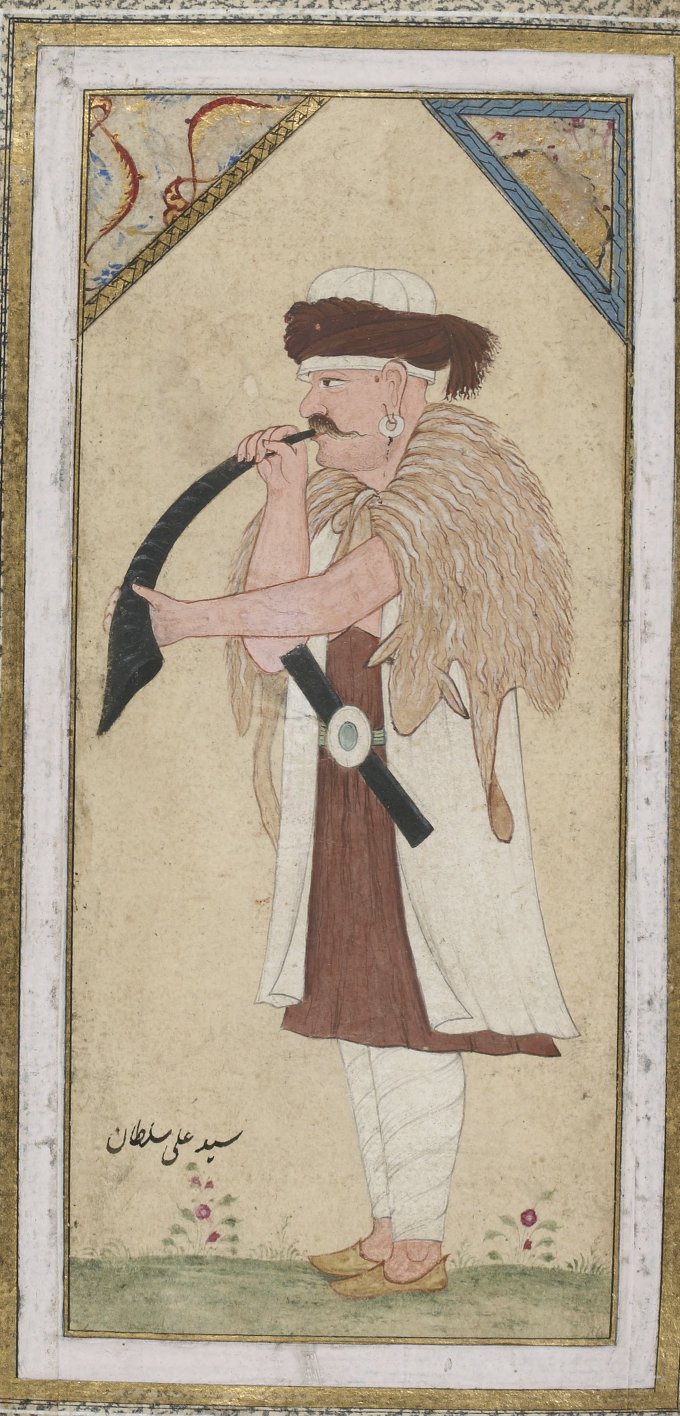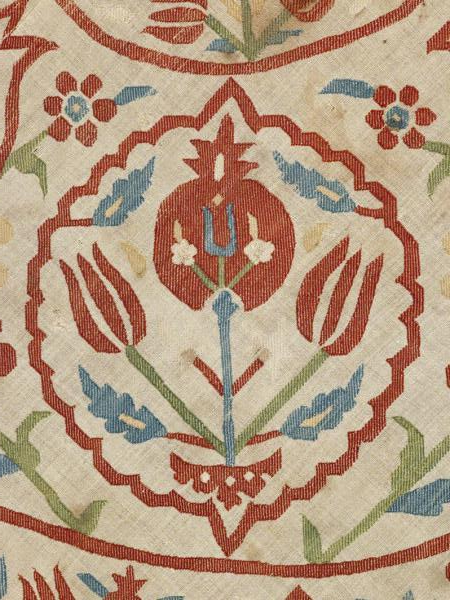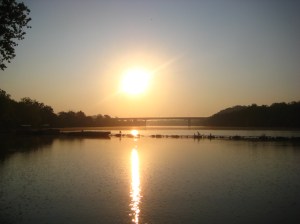
The early Ottoman Empire was home to a dizzying array of Islamic holy men, wandering dervishes, strange renunciants, and other figures whose practices and identities were often quite different from the expectations of ‘proper’ Sunni behavior and belief. This diversity had deep roots in medieval Anatolia and beyond, and would undergo many interesting and complex permutations during the early modern period, with traces of the diverse and sometimes rather wild milieu of the late medieval world remaining down to the present. The following story is taken from the extensive menâkıb (hagiography) dealing with Otman Baba (d. 1478-9), written by Otman Baba’s disciple Küçük Abdâl in 1483. Otman Baba was a saint and leader of a radical dervish group known as the Abdâl-i Rûm, who, like many such groups, combined socially rejectionist practices with an itinerant lifestyle. In Otman Baba’s case, he seems to have ranged among the nomadic and semi-nomadic peoples of Anatolia and especially the Balkans for much of his life, being buried after his death in the village of Teketo in what is now Bulgaria. His tomb, pictured below, was built during the first decade of the sixteenth century under the auspices of Sultan Bayezid II- hence the distinctively ‘classical’ Ottoman style- and remains a site of pilgrimage, despite a twentieth century interval under Communism in which it was converted into a museum.
In this story, Otman Baba encounters herdsmen on the Black Sea coast west of Constantinople, and after initially being mistaken as a possible fugitive (perhaps fleeing punishment for a crime?), one of the young men, ‘whose heart was open to heaven,’ recognizes him to be a saint, and Otman Baba takes up temporary residence with them. The story exemplifies Otman Baba’s relationships with, and veneration by, the rural populations scattered across Anatolia and the Balkans- people he and his followers seems to have deliberately sought out instead of city dwellers.

Then that Source of Sainthood (kân-i vilâyet, i.e. Otman Baba) abandoned that place [a hill near Constantinople] and struck out by himself along the shore of the [Black] Sea, to a place called Terkoz [mod. Terkos]. In this locale there were some young men (birkaç yiǧit) grazing their horses in the meadow, spending the days and nights there. The Source of Sainthood, being manifest (zahir olup) there, approached these men. When they saw the saintly leader they said to one another, ‘Who is this who has come, is he a fugitive (kaçgun)?’
However there was one among them whose heart was open to heaven, who said, ‘Do not be unjust! This one who has come is a saint (er)! Do you not see his awe and might?’ Saying so he went towards him, and took the hand of the Source of Sainthood and kissed it, then invited him to his house, hosting and entertaining him and saying, ‘From whence did you come O sun of the two worlds?’ He answered, ‘I came in the wake of Arık Çobanı [‘stream shepherd’], coming to the shore of this sea.’ The young man replied, ‘What man can travel the sea without a ship?’ He said, ‘This visible sea does not rise up to the heel of Arık Çobanı.’
It is so, and there is no veil covering sainthood. The world is like a ring on the finger of the saints (evliyâ). This Arık Çobanı that the Source of Sainthood referred to is Koyun Baba of Osmancık [on the Anatolian Black Sea coast], the locus of the manifestation of sainthood. Then the Source of Sainthood stayed with them for some days. One morning upon rising the Source of Sainthood said to the young man, ‘Get up, brother, wolves want to eat your horse!’ So in that moment the young man arose and, not seeing his horse among the other horses, climbed a hill and saw that a group of wolves had taken hold of his horse in their midst, but in that moment, with a sudden jerk, his horse was lifted up away from the wolves [to safety]! Prostrating himself in thanks he made heartfelt supplication to the Source of Sainthood and knew that this Source of Sainthood was the inner secret of the two worlds!
Küçük Abdâl, Vilâyetnâme-i şâhi Göʼçek Abdal, edited by Turgut Koca, and Murat Açış ([Turkey]: [Bektaşi Kültür Derneği], 2002), 28-29. Translated by Jonathan Parkes Allen, 2018.

If you would like to help keep the work I’m doing here going, do think about supporting me on a regular basis via Patreon. Thanks!
___________________________
This work is licensed under a Creative Commons Attribution-NonCommercial 4.0 International License.









